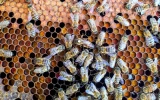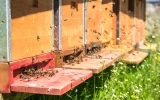How Many Beehives Do You Need Per Acre of Clover?
If you have plans to cultivate clover to optimize honey production, you'll need to know how many beehives you need per acre of clover. Determining the right number of beehives may help you assess the overall productivity and health of your bees, so, we will help you find that out in this article.
Generally, at least 1 - 2 beehives are required per acre of clover, but this varies depending on the purpose of the hives, the availability of nectar-producing clover, and the local bee population density. If you aim for honey production from a clover field, 2 – 4 beehives are needed per acre.
Keep in mind that this recommendation is not set in stone, and the ideal beehive density can change depending on environmental factors and your specific goals. Let's look at a more in-depth explanation of how to evaluate the number of hives per acre of clover and the factors that affect it.
Summary
- At least 1 - 2 beehives per acre of clover are required if you want a successful pollination service.
- You will need at least 2 - 4 beehives per acre in a clover field for honey production.
- Factors such as the type of clover being grown, the size of the acreage, and the size and health of the bee colonies affect the number of required beehives per acre.
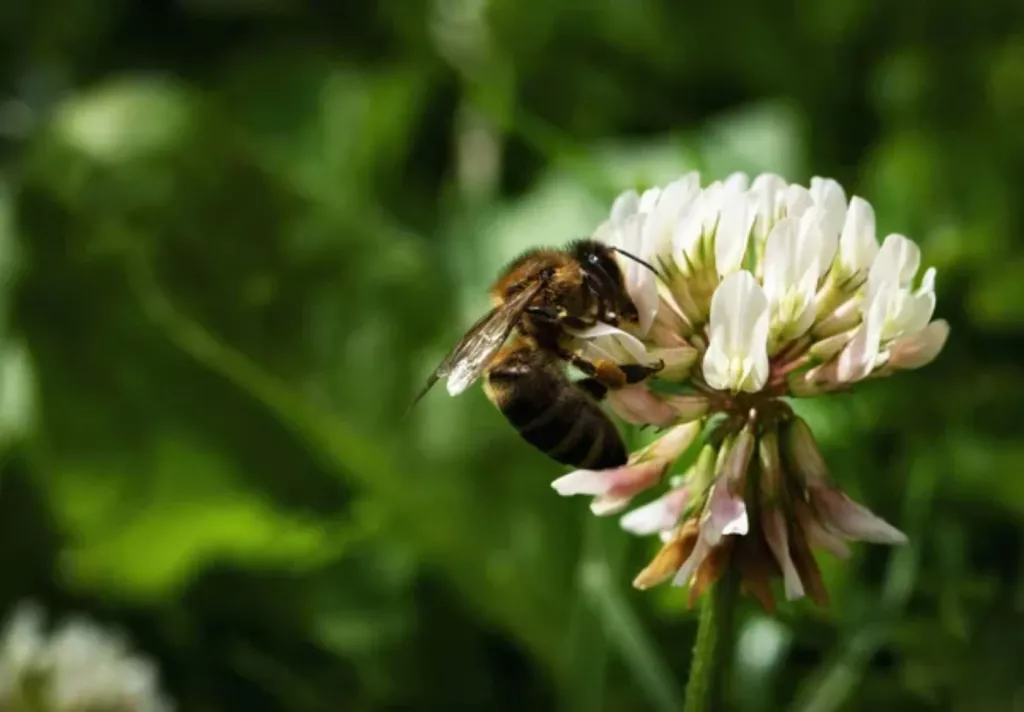
On this page:
Evaluating the Number of Beehives Per Acre of Clover
Generally, clover patches of one acre or more require at least two hives, but more may be necessary depending on the size of the patch and the number of flowering plants.

Here’s how you can determine the amount of nectar available to the bees:
- Count the number of flowering plants in the area, including clover, dandelions, and other sources of nectar.
- Divide this number by the total acreage of the patch, and you will have the average number of flowering plants per acre.
- Once you have the number of flowering plants per acre, you can calculate the number of hives you need to adequately pollinate the clover patch.
Now, to measure the size of the patch of clover you’ll be needing for your beehives, follow these simple steps:
-
To measure the size of a patch of clover, you may need to use a measuring tape. You can start by walking around the outside of the patch to get its length and width.
-
Once you have the length and width, try to calculate the total area of the patch.
-
To divide the patch into 1/4-acre sections, you will need to measure the length and width of the patch in feet.
-
Then, you can use a calculator to divide the total area of the patch by the number of feet in 1/4 acre (43,560 square feet). This will give you the number of 1/4-acre sections.
-
Once you have the number of 1/4-acre sections, you might want to use the estimated number of beehives needed per acre of clover to determine the total number of beehives you need for the patch.
-
The recommended number of beehives per acre is two to three, so you can multiply the number of 1/4-acre sections by two or three to get the total number of hives needed for the patch.
Factors Affecting the Number of Required Beehives Per Acre
The number of beehives needed per acre of clover depends on a variety of factors, such as the type of clover being grown, the size of the acreage, and the size and health of the bee colonies. Let’s dive deeper into how these factors influence the number of hives per acre of clover.
The type of clover defines how many beehives are needed
Knowing the type of clover impacts the number of hives to be put on an acre because different types of this plant produce different amounts of nectar and pollen, which are the primary food sources for bees.
When planting clover for bees, you might need to determine which type suits the local climate and soil type best. The two main types of clover used in beekeeping are the following:
1. Trifolium repens
Most beekeepers prefer white clover, as it is more drought tolerant than red clover and has a longer blooming season. It is also especially tolerant of a wide range of climates and soil types.
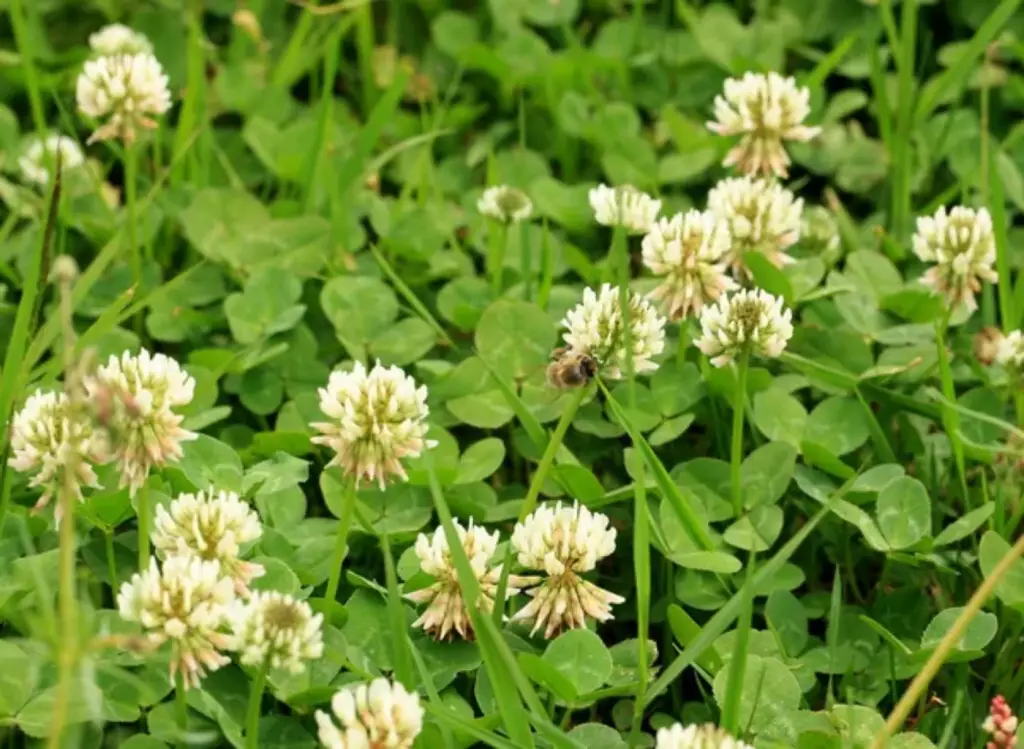
2. Trifolium pratense
Red clover, on the other hand, has larger flowers and produces a higher yield of nectar and pollen than white clover, making it an excellent choice for beekeepers in areas with cooler temperatures. In a study of bee pollinator abundance in a red clover field, it was seen that an acre of red clover would only require 1 – 2 beehives.
The size of the acreage limits the number of beehives
The number of beehives needed per acre of clover will depend on the size of the acreage. Generally, an acre of clover should support 2–3 beehives, depending on the productivity of the clover and the health of the beehives. For non-commercial beekeeping, at least 2 hives can be placed on an acre.
If the acreage is large, more beehives may be needed to maximize honey production. Since the area is large, it tends to have a greater diversity of plants and a larger volume of nectar and pollen available for bees to collect.
A larger area means that you can add more beehives without the risk of overtaxing the available resources. If the acreage is small or the clover is of lower productivity, fewer beehives may be needed.
Size and Health of the Bee Colonies
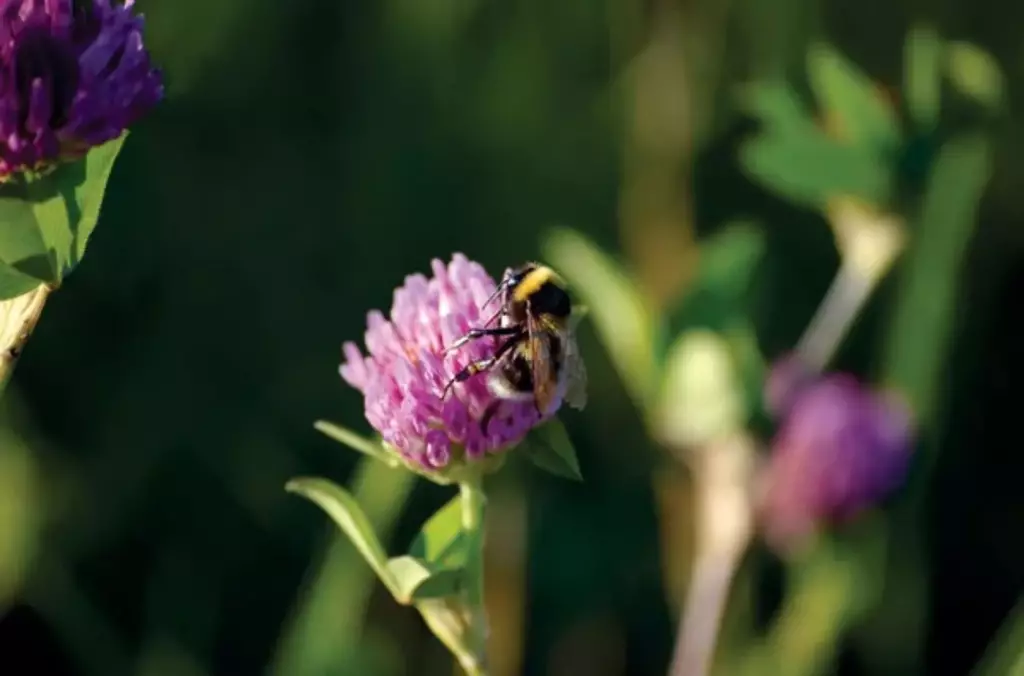
The size and health of bee colonies vary greatly depending on the species, region, and available resources. Honeybee colonies typically range in size from 10,000 to 60,000 worker bees, and the queen bee can lay up to 2,000 eggs per day at the peak of the season. Wild bee colonies can be much smaller, ranging from only a few hundred to several thousand bees.
To determine how many beehives are needed per acre of clover, you may need to consider both the size and health of the bee colonies. The health of the bee colonies can be judged by the presence of diseases and parasites, as well as their ability to collect and store sufficient nectar and pollen, and even by how fast they can fill a honey super.
If the health of the colonies is good, then one or two hives per acre of clover should be sufficient. If they have poor health, more hives may be needed to ensure that enough nectar and pollen are collected.
Now in terms of colony size, if a bee colony is not healthy or is too small, it may not be able to collect enough food to support itself, let alone additional beehives in the area. In this case, you may need to reduce the number of beehives per acre of clover or provide supplemental feeding to help the bees survive.
Most beekeepers help a weak colony by combining it with stronger ones, especially if winter is around the corner.
On the other hand, if a bee colony is very strong and healthy, it may be able to collect more resources than it needs to support its population. In this case, you can add additional beehives per acre of clover without overburdening the available resources.
Overall, the number of beehives per acre of clover should be carefully monitored and adjusted based on the size and health of the bee colony and the availability of nectar and pollen in the area.

